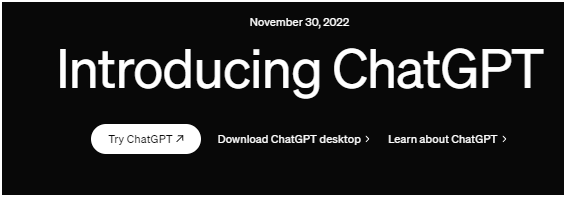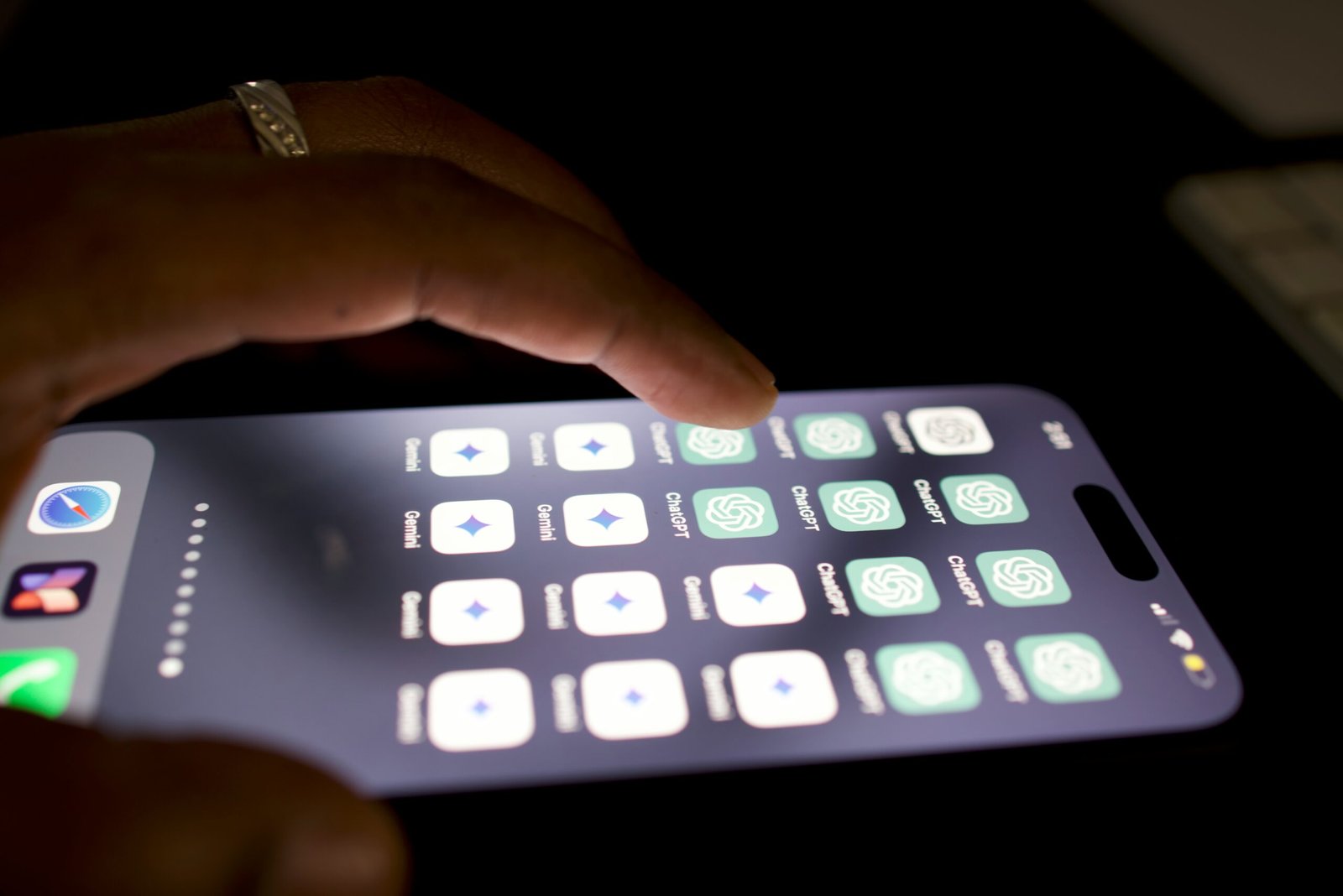ChatGPT is a sophisticated chatbot that leverages the power of OpenAI’s GPT-3 or any upgraded model to generate human-like text responses. Originating from the groundbreaking work of OpenAI, a leading research organization focused on artificial intelligence, ChatGPT represents a significant advancement in natural language processing. The GPT-3 model, which stands for “Generative Pre-trained Transformer 3,” is the third iteration of a series of language models that have progressively improved in complexity and capability.
The core technology behind GPT-3 involves a deep learning algorithm trained on a diverse range of internet text. With 175 billion parameters, GPT-3 is one of the largest and most powerful language models to date. This extensive training enables ChatGPT to understand context, generate coherent text, and even exhibit a degree of creativity in its responses. By analyzing input prompts and predicting subsequent words, ChatGPT can construct sentences and paragraphs that closely mimic human conversation.
Key features of ChatGPT include its ability to engage in meaningful dialogue, provide informative responses, and adapt its tone based on user interactions. These attributes make it a versatile tool for numerous applications. In customer service, ChatGPT can handle inquiries, provide support, and enhance user experience with quick and accurate responses. For content creation, it assists writers by generating ideas, drafting articles, and even editing text. Additionally, as a personal assistant, ChatGPT can manage schedules, answer questions, and perform various tasks to improve productivity.
Overall, ChatGPT’s capabilities in understanding and generating human-like text responses make it an invaluable resource across multiple domains. Its underlying technology and the expertise of OpenAI have positioned it as a leading chatbot solution, offering users a reliable and efficient tool for diverse applications.
Getting Started with ChatGPT
To begin your journey with ChatGPT, the first step is to access the chatbot. ChatGPT is available through various platforms, including a web interface, mobile app, and API integration. Each method offers a unique way to interact with the chatbot, catering to different user preferences and requirements.
Visit It’s Website or App

If you prefer using a web interface, you can visit the ChatGPT website and sign up for an account. The sign-up process is straightforward: you’ll need to provide an email address and create a password. Once your account is verified, you can log in and start using the chatbot. For those who favour mobile access, downloading the ChatGPT app from your device’s app store will allow you to interact with the chatbot on the go. The mobile app offers the same functionalities as the web interface, with the added convenience of portability.
Are You a Developer?
For developers or businesses looking to integrate ChatGPT into their own applications, the API option is ideal. Accessing the API requires creating an account and obtaining an API key, which allows seamless integration of the chatbot into various platforms and services.
Set Up Your Profile
After creating your account, the next step is to set up your profile. This typically involves adding basic information such as your name and preferences. Understanding the user interface is crucial for effective interaction with ChatGPT. The interface is designed to be user-friendly, with a chat window where you can type your queries and receive responses in real time.
Customize for Your Unique Needs
Customizing settings is another essential aspect of getting started with ChatGPT. The chatbot allows you to tailor its responses to better suit your individual needs and preferences. You can adjust settings such as the tone of responses, the level of formality, and specific areas of focus. These customization options ensure that ChatGPT provides the most relevant and helpful responses based on your unique requirements.
By following these initial steps, you can effectively set up and begin using ChatGPT, unlocking its full potential to assist you in various tasks and interactions.
Here is the guide for students on ‘how to use ChatGPT?’
Maximizing ChatGPT’s Potential
To fully exploit the capabilities of ChatGPT, it is crucial to understand how to craft effective prompts. The quality of the prompt significantly influences the chatbot’s responses. A well-crafted prompt is clear, concise, and specific.

Prompt
For instance, asking “Can you provide a summary of the latest economic trends?” is likely to yield more precise and relevant information than a vague query like “Tell me about the economy.”
Context
Context is another pivotal factor in optimizing ChatGPT’s responses. Providing background information allows the chatbot to tailor its answers more accurately. For example, when asking for advice on a specific topic, mentioning any prior knowledge or particular concerns will enhance the relevance of the response. Instead of “How do I invest in stocks?”, a more contextual prompt would be “I am a beginner looking to invest in stocks with a moderate risk appetite. What should I consider?” This additional detail helps ChatGPT generate more targeted advice.
Troubleshoot
Understanding how to troubleshoot common issues can also enhance your experience with ChatGPT. If the chatbot responds satisfactorily, consider rephrasing the question or adding more details. Additionally, if the responses seem off-topic, resetting the conversation and starting anew may be helpful. Utilizing the conversation history feature can also ensure continuity, allowing the chatbot to build on previous interactions.
Language Setting
Moreover, making use of ChatGPT’s various features can significantly improve your interactions. Adjusting language settings to match your preferred communication style, for instance, can make exchanges more natural and intuitive.
Additionally, keeping the conversation focused and concise, especially during longer interactions, can prevent the chatbot from veering off course.
In summary, maximizing ChatGPT’s potential involves crafting clear and specific prompts, providing ample context, and effectively utilizing its features. By implementing these practices, users can significantly enhance the quality and relevance of the responses they receive.
Applications and Use Cases
ChatGPT, an advanced AI chatbot developed by OpenAI, has demonstrated its versatility across a multitude of industries and scenarios. Its ability to understand and generate human-like text allows for a broad spectrum of applications, making it an invaluable tool in various domains.
Customer Support
One prominent use case for ChatGPT is in customer support. Companies can integrate ChatGPT into their customer service platforms to provide instant, accurate responses to customer inquiries. This not only enhances customer satisfaction but also reduces the workload on human support teams. For instance, a leading e-commerce platform utilized ChatGPT to manage a surge in customer queries during peak shopping seasons, resulting in a significant improvement in response times and customer experience.
Content Creation
Another domain where ChatGPT has shown a substantial impact is content creation. Bloggers, journalists, and content marketers leverage ChatGPT to draft articles, generate ideas, and even conduct preliminary research. ChatGPT’s ability to produce coherent and contextually relevant content enables writers to accelerate their workflow and maintain high-quality standards. A notable case is that of a digital marketing agency that employed ChatGPT to create engaging social media posts, leading to a marked increase in audience engagement and online presence.
Education
In the realm of education, ChatGPT serves as a dynamic tool for language learning. It can simulate conversations, provide grammar corrections, and offer vocabulary suggestions, thereby aiding learners in improving their language skills. A language learning app incorporated ChatGPT into its platform, providing users with interactive and personalized learning experiences, which significantly enhanced user retention and satisfaction.
You might get help solving math, physics, and chemistry problems. Not only that, but it can also be your personalized tutor.
Head here for effective ChatGPT Prompts.
Virtual Assistant
Moreover, ChatGPT aids in personal productivity by acting as a virtual assistant. It can schedule appointments, set reminders, draft emails, and even help with brainstorming sessions. Professionals across various fields have reported improved efficiency and time management by incorporating ChatGPT into their daily routines.
Are you a high school student? Or are you parents of a child reading in high school? And want to leverage AI in learning. But there is confusion in your mind! I understand.
That is why I added a FAQ page separately to address the common queries related to the use of AI in learning.
Therefore, AI is not MAGIC. Just a human assistant! That’s it!
To Sum Up
Looking ahead, the potential for future developments and innovations in AI chatbots like ChatGPT is immense. As AI technology continues to evolve, we can anticipate even more sophisticated features and capabilities. Users can stay updated with the latest advancements by following industry news, participating in AI forums, and subscribing to updates from AI developers.
The continuous refinement and enhancement of AI chatbots promise to unlock new possibilities and further revolutionize the way we interact with technology.
I hope this article helps you.
Good Luck! Brother.





